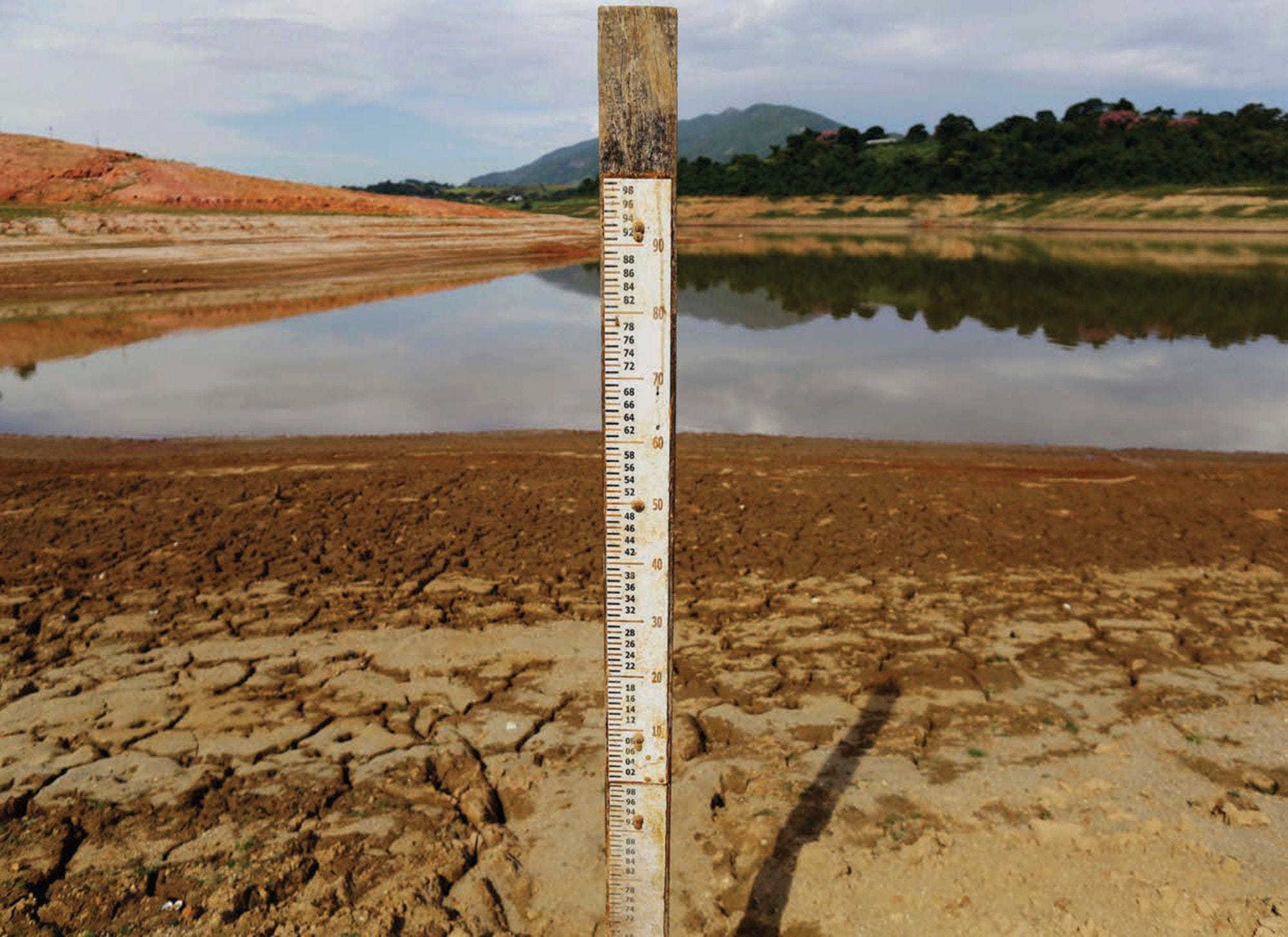As countries increase their efforts to tackle environmental degradation, pollution and climate change, the concept of environmental justice can shed light on how to ensure fairness in the processes and outcomes of environmental policymaking. This report examines the plurality of the concept of environmental justice, its underlying conceptual pillars and how it has emerged in different contexts around the world. The report also provides the first policy stocktake of how governments across the OECD and beyond are seeking to redress environmental justice concerns, building upon insights from responses to an OECD Environmental Justice Survey as well as complementary desk analysis across a broader set of countries.
While no universal definition of environmental justice exists, it seeks to redress an array of recurring challenges faced by various communities and groups. These challenges include disproportionate exposure to environmental hazards and the subsequent adverse health effects resulting from such exposure, unequal access to environmental amenities, and concerns about the distributional implications of environmental policies. These concerns can be further exacerbated by the lack of meaningful engagement and legal recourse for the affected communities.
The evolution and manifestation of environmental justice movements are deeply rooted in historical and regional contexts. Grassroots movements have often raised awareness of environmental justice, as exemplified by protests against illegal dumping of toxic waste in predominantly African American and low income districts in the United States. On the other hand, top-down approaches are also seen in Europe and Latin America through international instruments such as the Aarhus Convention and Escazú Agreement, cementing access to information, participation and justice as “access rights”. The environmental justice movement in South Africa can be traced back to the late 1980s against the backdrop of the broader struggle for democracy. Elsewhere in Africa, concerns about the impact of extractive industries and electronic waste on health and the environment were among the key drivers. The term environmental justice is less common in the Asia-Pacific region, although South Korea has had an explicit focus on it in its environmental policy. In New Zealand, meanwhile, the culturally informed approach to policy recognises the disparate impacts of environmental and climate policy on Indigenous populations.
Research documenting disproportionate exposure to natural and man-made risks attests to the persisting nature of these concerns. Examples abound, from immigrants to industrial regions bearing greater environmental burdens, to Indigenous communities disproportionately suffering air pollution caused by increasingly frequent wildfires due to climate change. Compounded by overlooked exposure pathways and uneven adaptive capacity, the disparate quality of the environment can magnify the existing health inequities at the intersection of race, gender, and socioeconomic characteristics. Higher exposure to environmental hazards may further worsen the vulnerability and result in differential health effects. Relatedly, environmental amenities such as green spaces and clean water are also unevenly available to communities. The literature on environmental justice is now also gradually expanding to include differential access to a broader set of environmental amenities, including electric vehicle charging infrastructure.
There are complex dynamics underpinning inequitable exposure to environmental hazards, which vary across space and over time. For example, there are instances of racially motivated siting decisions explained in terms of the lower risk of facing community resistance, but firms may also choose to locate their operations based on cost considerations without a discriminatory intent. Over time, the location of facilities and risks can lower the housing costs, inducing socio-economically disadvantaged households to reside in surrounding areas.
Costs and benefits of environmental policies are also socio-spatially distributed through channels such as labour markets and income effects. Environmental policies can induce firms to substitute from labour to (labour-saving) technology which disproportionately disadvantages lower-paid workers with less transferrable skills. Protests against the cost impact of environmental policy amidst the interlocking crises of turbulent energy markets and geopolitical tensions further attest to the importance of adequate consideration of distributional impacts in garnering and sustaining public support for ambitious environmental policies.
An analysis of the responses to the OECD Survey reveals that the term environmental justice is not common among national administrations despite the ubiquity of equity considerations in environmental policy. From the terminology of “environmental racism” in Canada to “environmental inequalities” in France, alternative or additional terms are used to refer to a similar set of issues. While explicit use of the term signals a more direct approach to tackling persisting and historically salient environmental justice concerns, countries which do not use the term still often address them indirectly by other means.
Countries deploy different approaches to advance environmental justice. Direct approaches to environmental justice can entail executive orders or legislation (the United States and South Korea), judicial precedent (Colombia), or policies and initiatives (Germany). Meanwhile, indirect approaches often ground environmental justice in guaranteeing rights such as to the enjoyment of a healthy environment (Croatia) and providing additional protection to vulnerable groups through anti-discrimination law or detailed impact assessments (the United Kingdom). These approaches can be cumulative; more targeted measures can build on rights-based approaches. However, the analysis finds that countries that have purely rights-based approaches consider the substantive aspects of environmental justice in less detail than those with more targeted measures.
There is widespread focus upon reducing barriers to participation in environmental decision-making. Although approaches used in practice often focus on the general public, practices of targeted and tailored engagement are emerging, such as having representatives of communities acting as “cultural mediators” to guide consultations with Indigenous communities in Costa Rica or workshops with children to better understand and address their specific needs in Chile. Countries also go beyond making environmental information available, developing locally tailored means for actively delivering information.
Meanwhile, consideration of disproportionate impacts of environmental policies appears to be an increasingly crucial relative oversight across countries. While countries do consider distributional implications of environmental policies, the focus tends to be at relatively aggregated levels such as sectoral impacts of climate policies. This underscores the relevance of applying an environmental justice lens to the analysis of differentiated impacts of policies to identify and address less visible impacts and distinct vulnerabilities.
There are shared challenges underlying the need to address persisting environmental disparities while implementing policy measures for the transition to more environmentally sustainable economies. Most countries face data, administrative and financial capacity constraints for designing effective policy for protecting vulnerable communities. For instance, the lack of sufficiently granular data can impede the analysis and conceal the true extent of exposure to or adverse health impacts resulting from environmental hazards.
The variety of approaches and solutions to advance environmental justice suggests there is value in mutual learning to propel progress. Several approaches, including screening tools and methodologies, are developed in different jurisdictions to consider the multiple facets of vulnerabilities. For instance, impact assessment guidance could be expanded or pre-existing data on environmental quality, geography, and socio-economic indicators could be overlayed. There are already signs of mutual influence, for instance, with the US Environmental Protection Agency’s definition cited in the Colombia’s judicial ruling. As countries face the unifying objective of tackling environmental challenges as a policy imperative, knowledge gaps can be better addressed through a comparative perspective and sharing of best practice.








